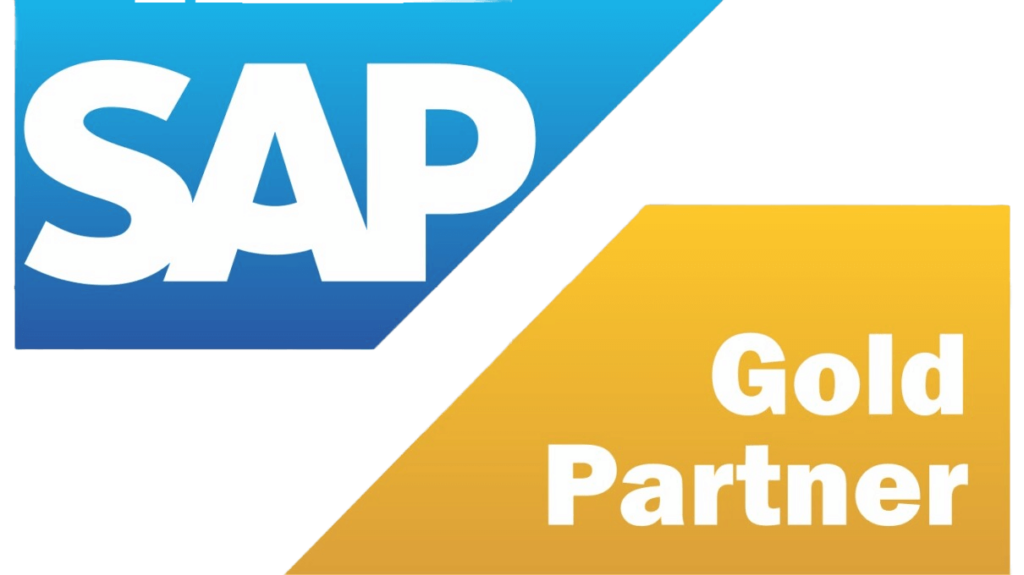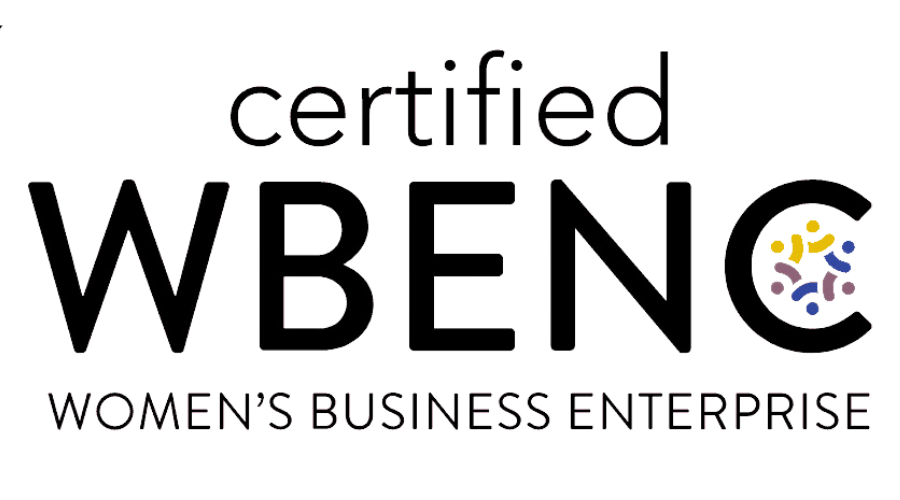Transforming Technology Remotely
Since Optima’s founding in 2009, our team has been largely working remotely, not in tropical overlook offices like this one, but still remote. We’ve got a fantastic and talented team of folks located across 10 cities in the United States as well as in Europe and Latin America, so we’re used to remote collaboration.
But when the COVID pandemic came along in 2020, we-like most of you-faced the challenge of moving our operations to 100% remote teams. We quickly realized that even if we were ready, not all of our customers were fully prepared for the abrupt shift to remote work.
“By 2025, an estimated 70% of the workforce will be working remotely at least five days a month. While 2020 may be considered the year of remote work, it is just the beginning as we see the trend continuing in 2021.”
With client projects in the middle of deployment, we needed to reassure our current customers that the remarkable customer experience we deliver as part of our core values would not change. We also needed to give new prospects peace of mind about this transition.
When people are accustomed to a face-to-face environment, shifting to remote work can bring up a number of unexpected challenges. To address those potential hurdles, Optima refined and utilized our internal remote methodology built on five key approaches that both ensure project integrity and seamless customer communication.
1. Think Visually
Pre-COVID, our whiteboards were an essential tool for our workshops. That doesn’t have to change just because we’re remote now. We use digital whiteboards that not only allow the visual collaboration and brainstorming of the real thing, but also let participants share files. Using Mural, we create whiteboards in advance for each project that allow us to pre-fill discussion points and an agenda. We share a link to the whiteboard prior to the meeting along with some simple how-to videos so clients can be comfortable with the technology before we even start the project.
2. Share Content
Online documents and collaboration platforms bring a new level of accessibility to all workshop participants and stakeholders who need to stay informed on a project’s progress. All of that information can be accessed at any time, from any place, by everyone involved. To that end, we use Microsoft tools like Office 365, Teams, SharePoint, and other cloud-based programs that are user friendly and globally accessible.
3. Stay Organized
Even when everyone is working in the office, calendars and project tracking systems are essential to track resources, events, and assignments to keep teams aligned. With teams working remotely, this full visibility into projects becomes even more vital. To make sure that’s possible, we leverage ProjectPSA to help us keep close track of the project plan, budget, and hours spent. Additionally, to help us keep track of to-dos, deliverables, and action items, we use Microsoft Tasks (formerly known as Microsoft Planner).
4. Maintain Your Connection
Videoconferencing has proven to better engage meeting participants for workshops than audioconferencing alone. Seeing everyone’s faces along with their voices creates a personable atmosphere and increases the effectiveness of our communications. We’re flexible on what platforms we use based on customer preferences and are able to conduct workshops via Zoom, Microsoft Teams, GoToMeeting, and other video conferencing platforms.
5. Communicate Asynchronously
Open lines of communication between sessions are essential for a project’s success. We want both our team and yours to be able to provide feedback, make comments, and ask questions the moment they come to mind. To achieve that, we utilize chat channels. And, of course, we’re always available via email for less pressing communications or items that need more of a “paper trail.”
Additional Strategies
In addition to these fundamental elements of our methodology, we also deploy some techniques to make sure everyone gets the most out of our remote workshops.
We always propose a two-hour limit to meetings
There’s an adage that says, “work expands so as to fill the time available for its completion,” and we feel that’s true of meetings too. So, we often opt to have several shorter meetings instead of long ones. In our meeting agendas, we also include stretching breaks to give people time to pause, take a moment, and refocus. Clearly, the best meetings happen when people are awake, alert, and engaged.
We incorporate synchronous and asynchronous participation
To optimize the time we spend with our clients, we provide planning activities and additional tasks they can complete before and after workshops. That way, all participants come in with the proper context and feel prepared.
Effective use of video technology
When working with remote teams using audioconferencing only, you lose the immense value of nonverbal communication. We highly encourage all participants to turn their cameras on during workshops. From a thumbs up to head nods to seeing someone taking a breath to speak, we believe the visual cues make for a better experience all around. Don’t worry if your dog jumps in your lap or your child is running around in the background…we’ve all been there, and it brings a nice human element to the workplace.






